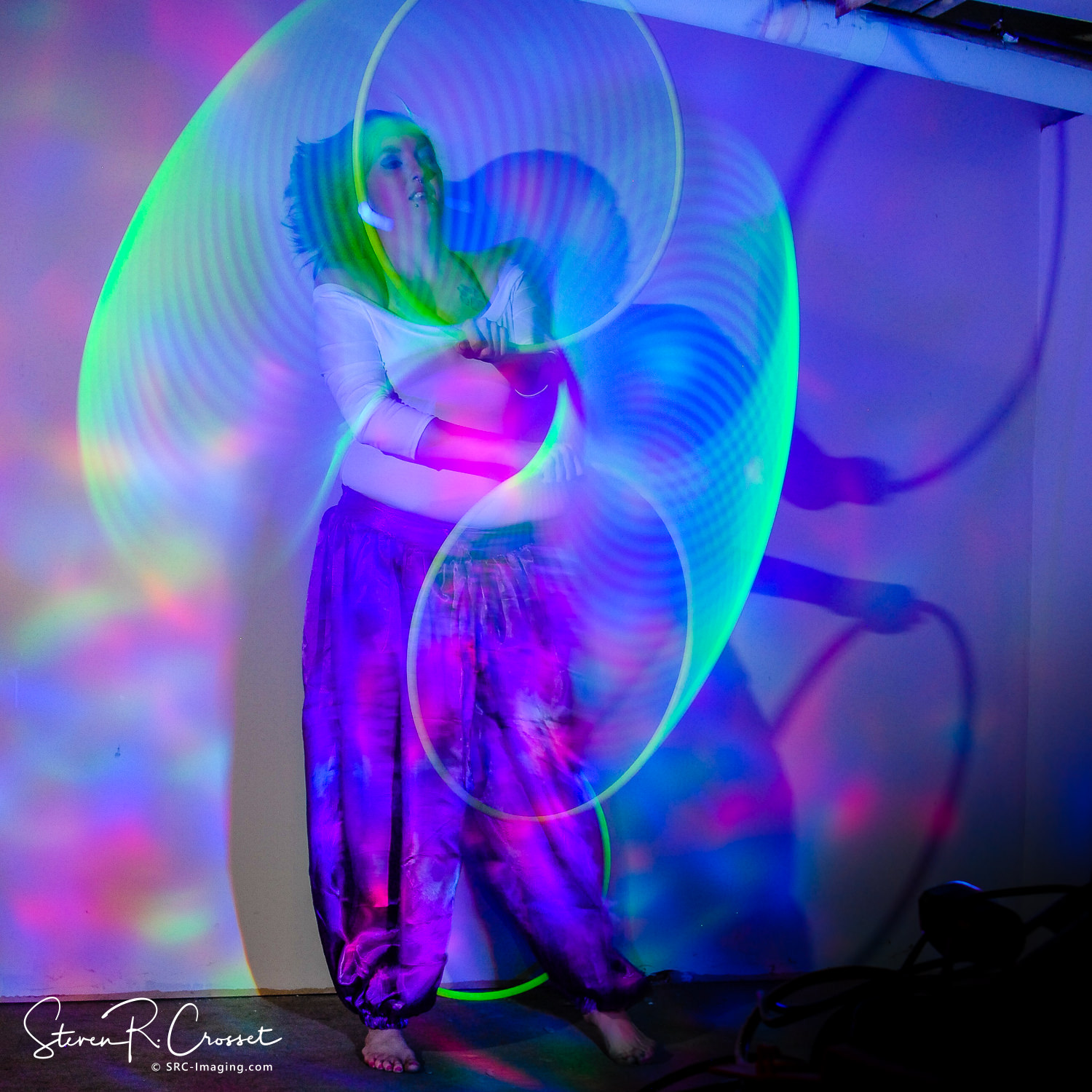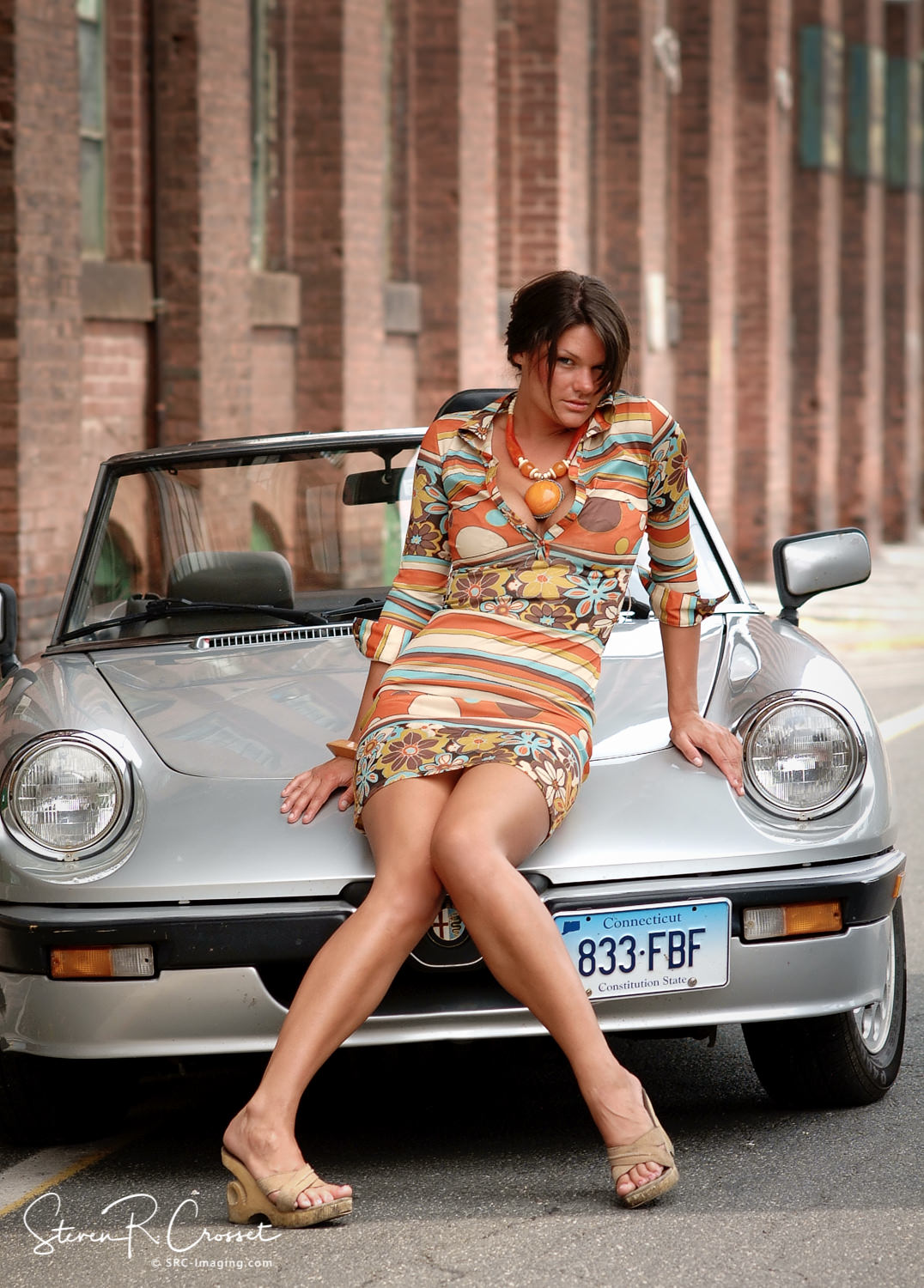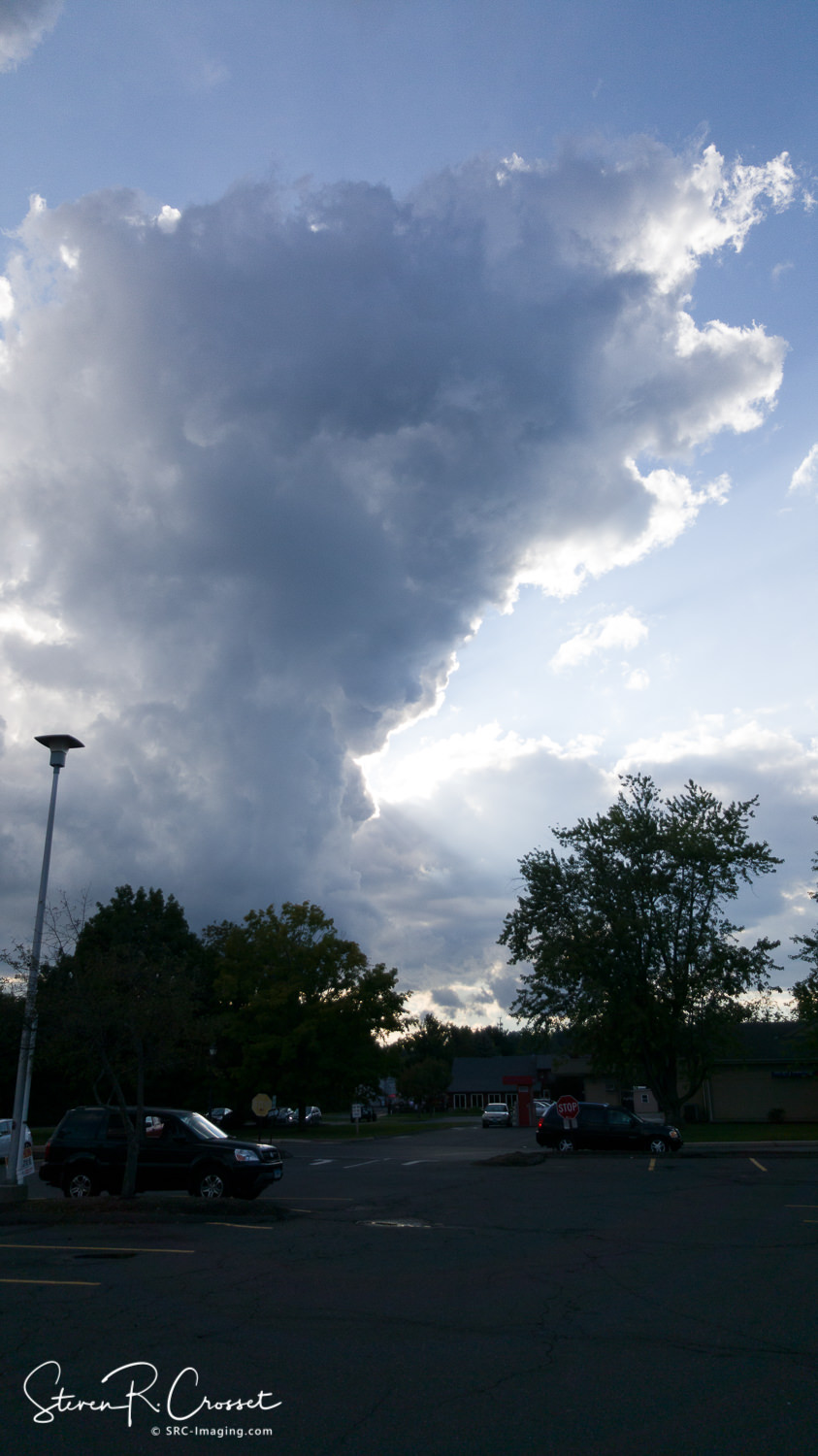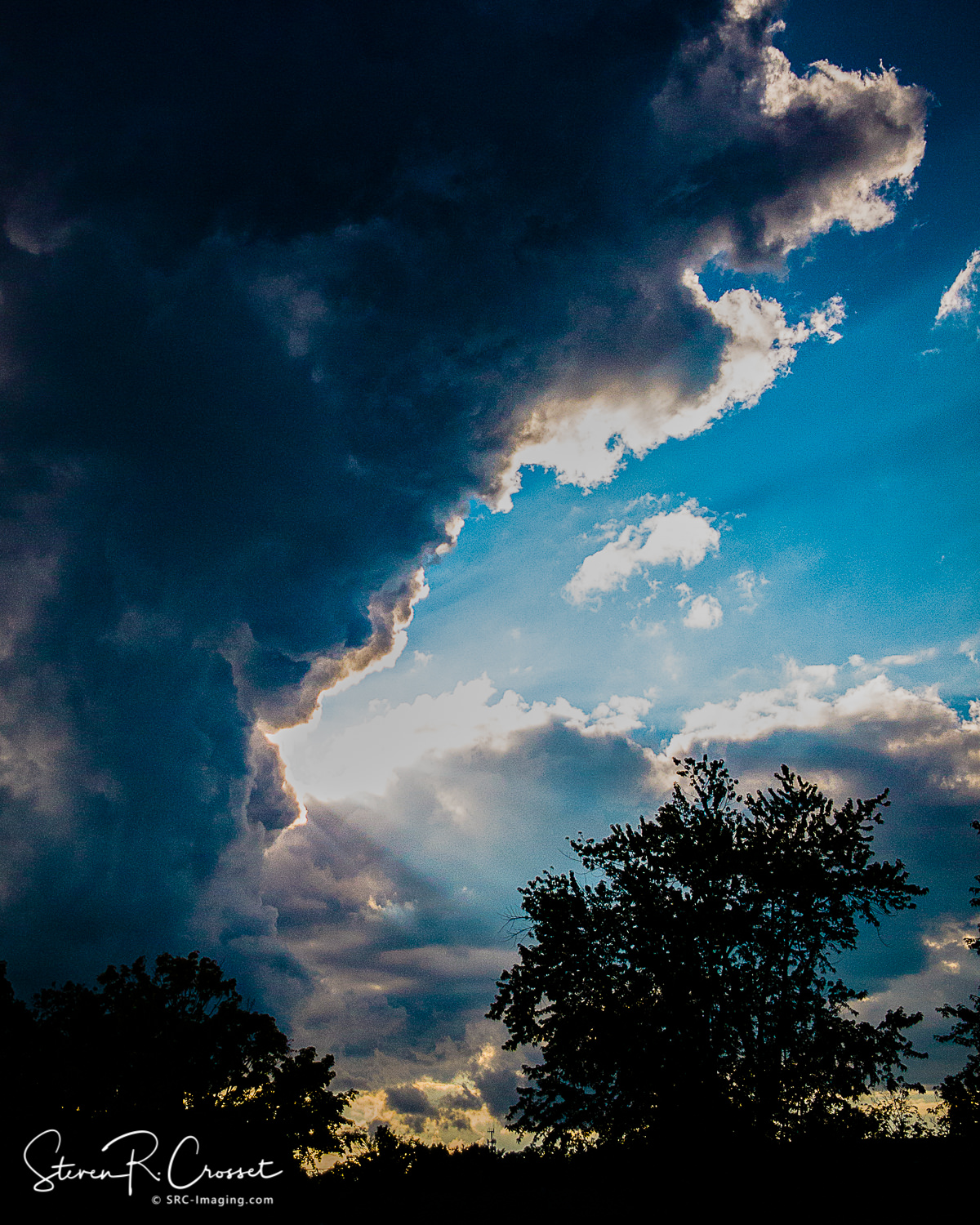
In Part 1 and Part 2 I discussed how I set up this website so I can easily manage my photos through Lightroom
In this final part, i want to tell you about how i manage my social media through Lightroom
I have accounts through Flickr, Facebook, and Instagram. I also have a Twitter account, but that is handled indirectly and I will explain that later on in this post.
Lightroom comes with a Publish plug-in for both Flickr and Facebook, but I use plug-ins from Jeffrey Friedl for Flickr and Facebook. The plug-in for Instagram is from Capture Monkey
I have all my social media collections / albums in Lightroom set up as Publish services using normal collections rather than smart collections and just drag and drop to publish. All of these plug-ins have an Export function that would let me just export to the sites without having to separately log-into each site and upload the photos.
The reason I use the Publish function is that I can then keep a running account of what I have published on my social media sites through Lightroom. I can right click and Select Go to Collection to see which social media accounts that photo appears in. I have also set up Smart Collections that show which photos / versions have been published in each site.
Now with Facebook, you have to keep in mind that you actually cannot republish photos if you update them. You would have to delete them and then publish as new, but you lose all the comments and the likes for that photo.
The Instagram plug-in cannot update the photos due to the way Instagram itself works, but you can republish to update hash tags and captions.
I mentioned that I publish indirectly to Twitter. What that means is that I am not sending out images as tweets from Lightroom.
What I have done is use IFTTT (If This Then That) to put out a tweet whenever I publish a photo to Instagram or when I publish a new post on this site.
One other thing i do is that I carry my portfolio on my smart phone and a tablet. While not exactly a social media service, it is a form of sharing.
If you look back at Part 1, you will see that I organized my portfolio galleries on this web site using keywords (gallery_*) and smart collections with the NextGEN Gallery plug-in
For getting my photos on my portable devices, I am using another plug-in from Jeffrey Friedl called Collection Publisher
I then set up smart collections under the Collection Publisher service using the same setting as I used in NextGen Gallery Publish service. The Collection Publisher outputs to a folder on my PC which is synced automatically to a folder on the Amazon Web Service (AWS). On my Android devices, I have an app called FolderSync that then syncs the files from AWS to the device automatically.
I hope you found the information useful and has given you some ideas of how to use Lightroom to effectively manage your photos on your web site, your social media and your smart phone. If you have questions please contact me
The photo at the top is a black light experiment with Paige Russell



